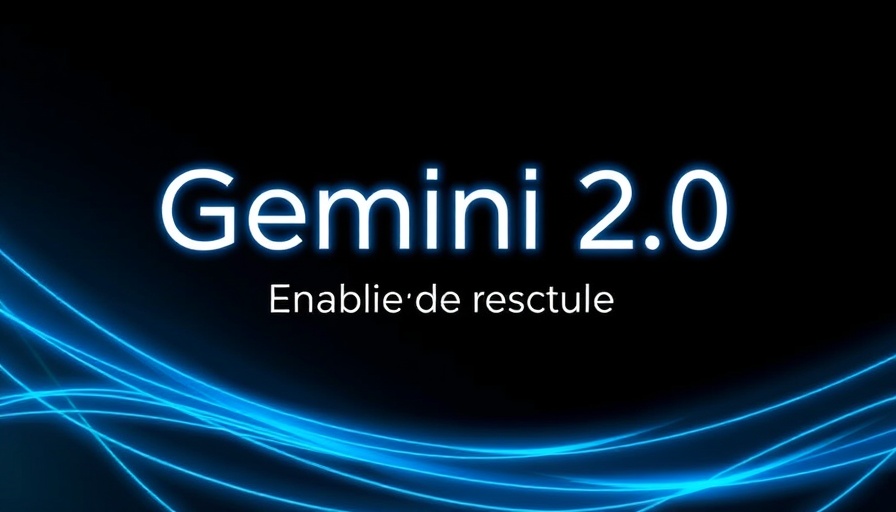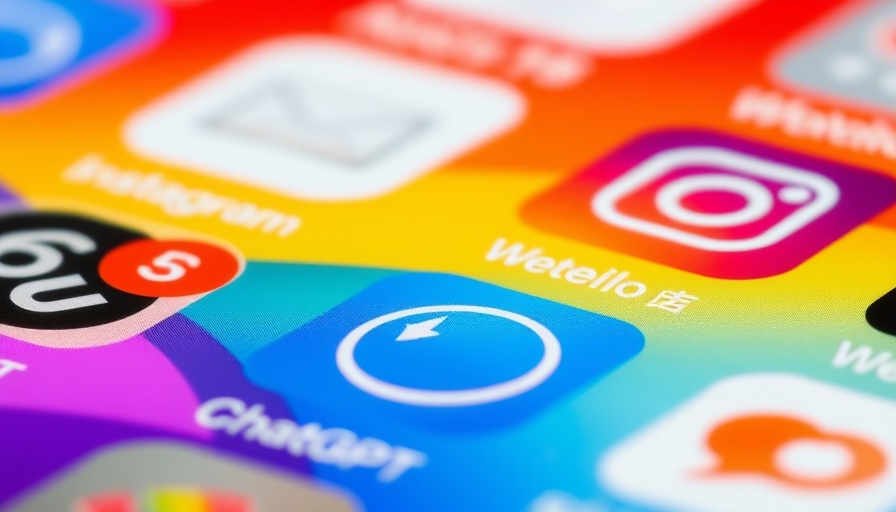
Understanding the Power of Gemini 2.0 Flash
Google’s Gemini 2.0 Flash has emerged as a formidable player in AI technology, impressing users with its ability to remove watermarks from copyrighted images, including those from renowned sources like Getty Images. This free-to-use model is accessible via Google’s developer tools, specifically AI Studio, making it appealing to a broad audience of developers and creatives seeking advanced image editing capabilities.
AI’s Impact on Copyright and Ownership
The controversial aspect of Gemini 2.0 Flash lies in its approach to watermark removal. While watermarking serves as a vital tool for establishing ownership and preventing copyright infringement, Gemini’s efficiency in circumventing these protections raises serious ethical questions. As discussed in various articles, the ability of this AI to seamlessly remove and fill in content where watermarks existed undermines the fundamental purpose of copyright laws, which protect creators’ rights.
A Growing Concern in the AI Landscape
The implications of such technology are vast, potentially opening the floodgates for copyright violations at an unprecedented scale. Users across social media platforms have begun to showcase examples of Gemini effortlessly stripping images of their protective watermarks, leading to discussions about the responsibility of tech firms like Google in regulating the use of their tools. Such concerns are echoed across the industry, especially as other AI models emphasize ethical boundaries by prohibiting similar functionalities.
How Does Gemini 2.0 Flash Compare to Other AI Models?
Compared to models from competitors such as Anthropic and OpenAI, Gemini 2.0 Flash stands out not just for its capabilities but for its lack of restrictions on watermark alterations. For instance, many reputable AI systems prioritize the enforcement of copyright through built-in safeguards, cautioning users against engaging in any form of intellectual property infringement. This disparity raises important questions about the varying ethical standards among AI developers.
Future Predictions and Industry Impacts
As AI technologies like Gemini continue to evolve, there is a pressing need for comprehensive discussions on potential regulations and best practices to guide their use responsibly. The legal landscape surrounding copyright infringement will undoubtedly evolve in tandem, necessitating collaboration between tech developers, legal experts, and content creators to establish a balanced framework that respects intellectual property while fostering innovation. Without proactive measures, we may see a surge in misuse and the commodification of copyrighted content through generative AI tools.
Conclusion: A Call for Responsible Use of AI Tools
In light of the capabilities of Gemini 2.0 Flash, it is essential that developers and users alike recognize the ethical implications of utilizing such a powerful tool. While AI models can drive creativity and innovation, they must not compromise the rights of original content creators. Those interested in exploring generative AI technologies should engage with these tools thoughtfully, considering the broader impact of their usage on the creative community.
 Add Row
Add Row  Add
Add 




 Add Row
Add Row  Add
Add 

Write A Comment